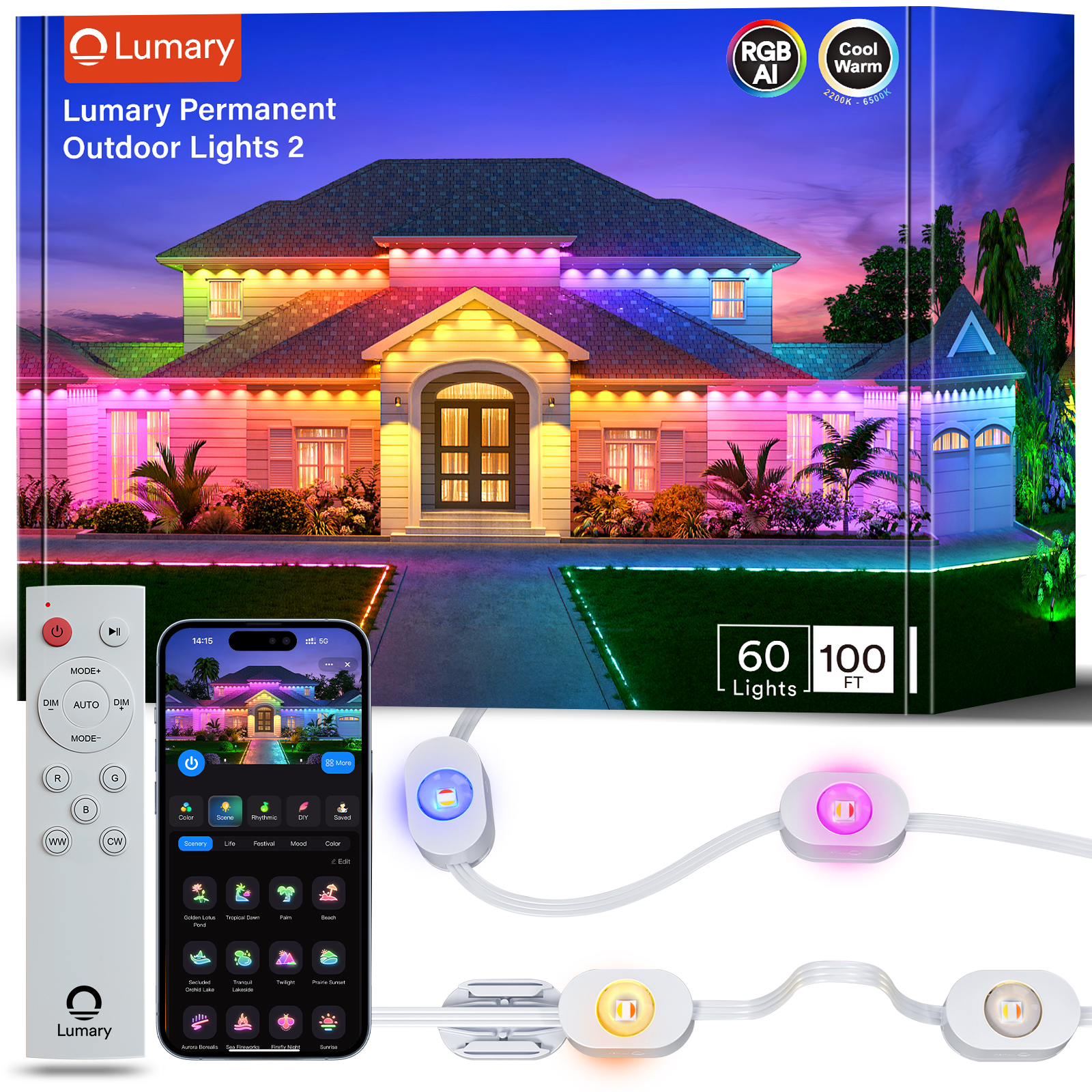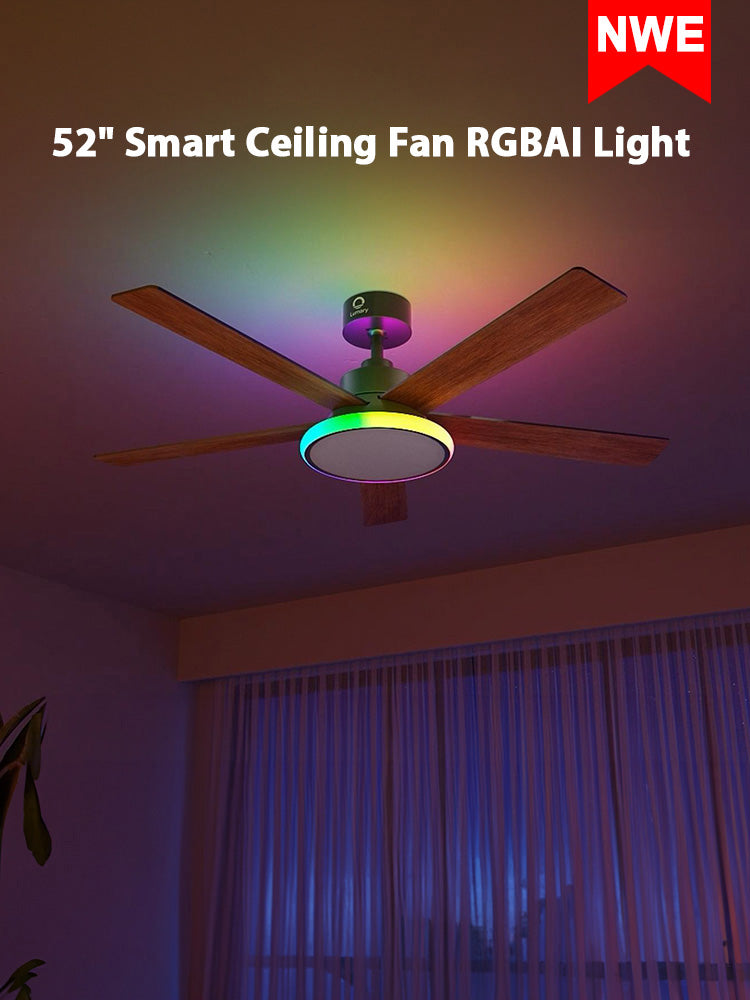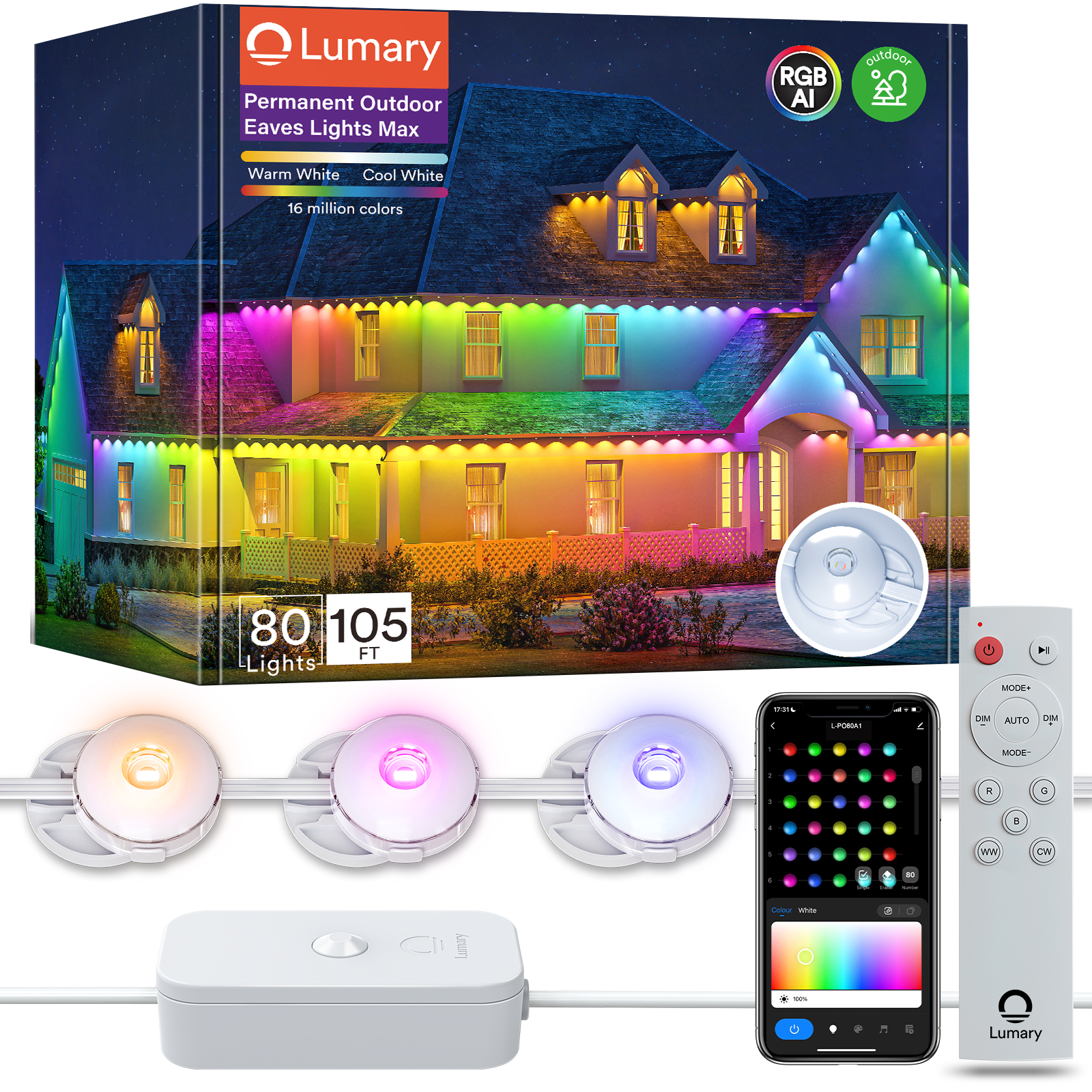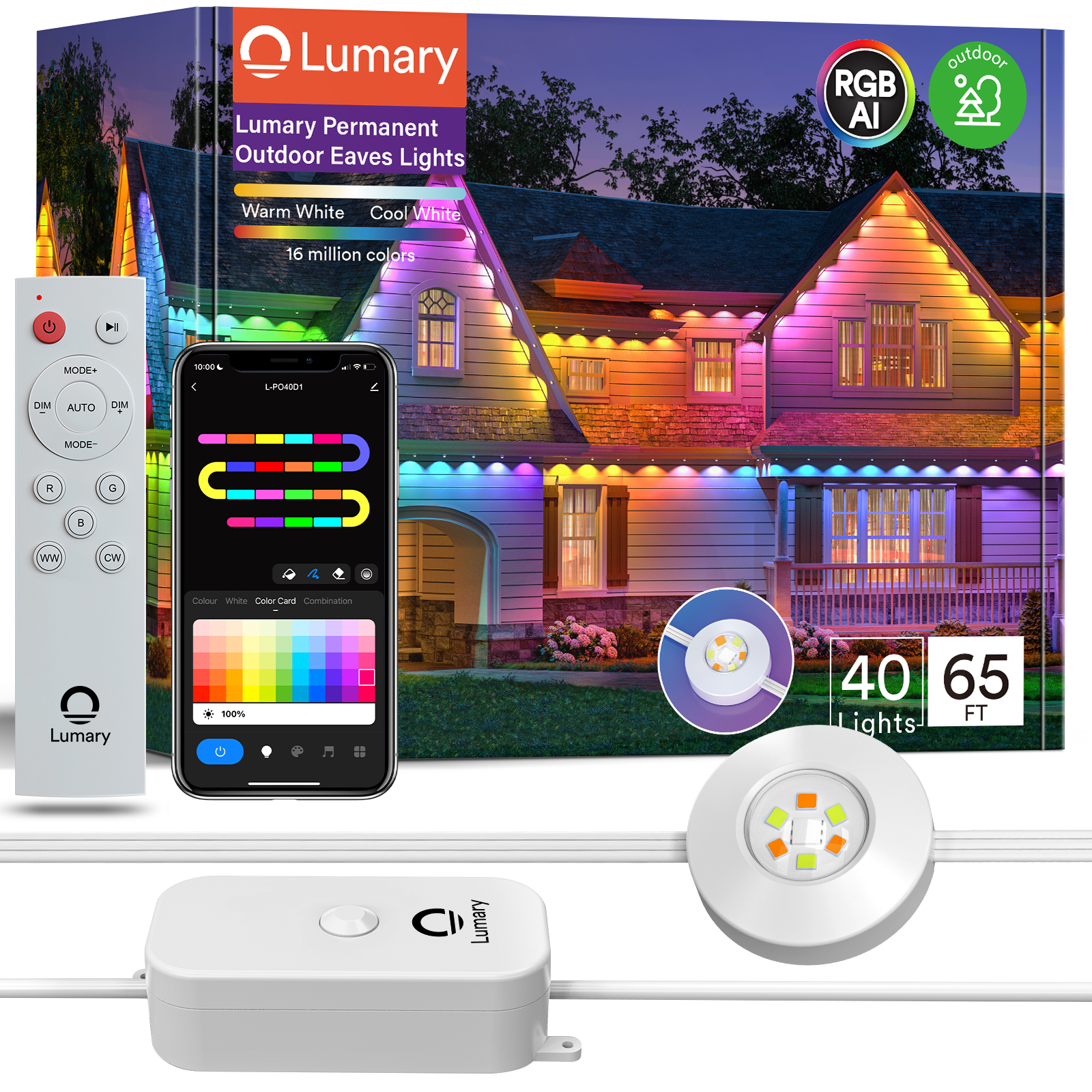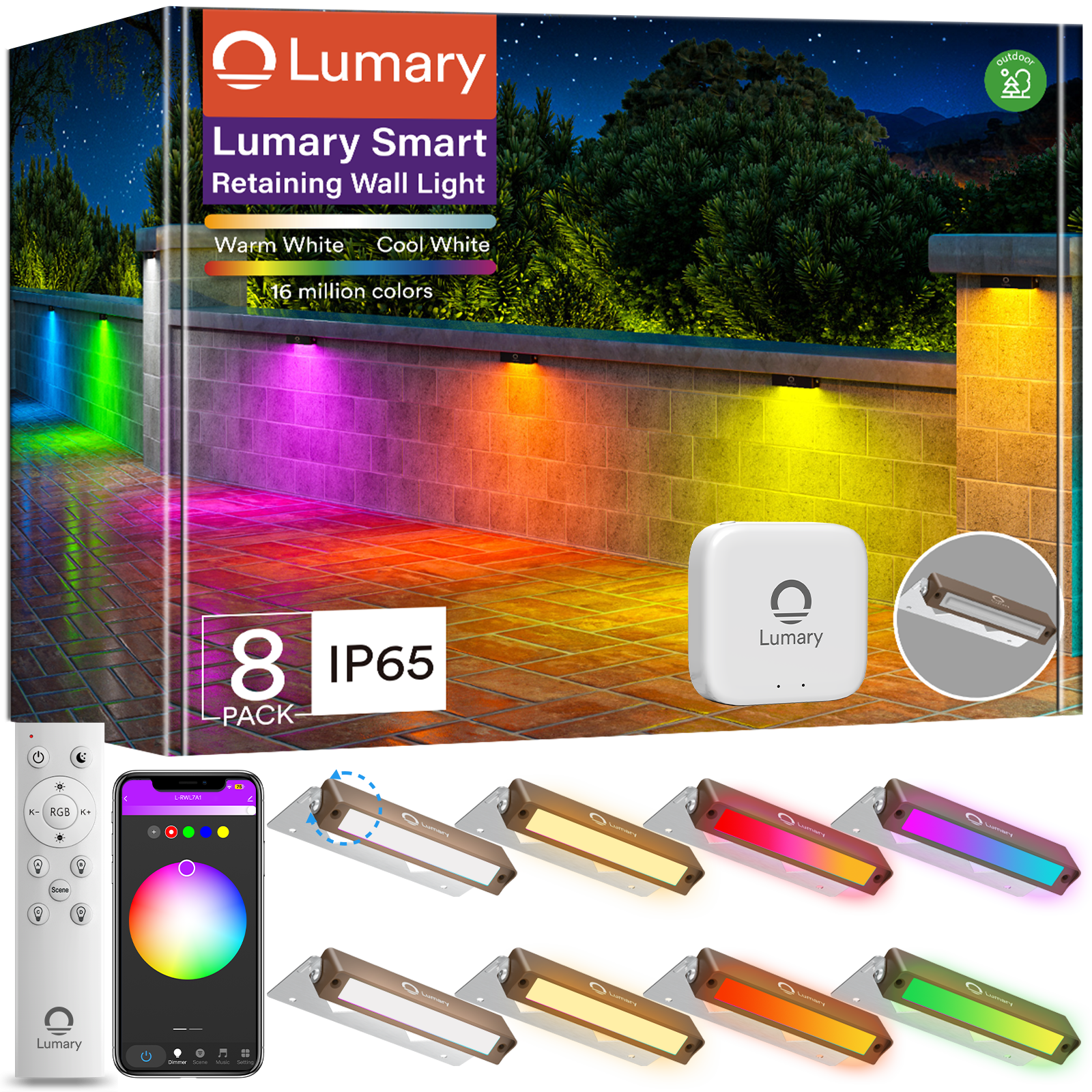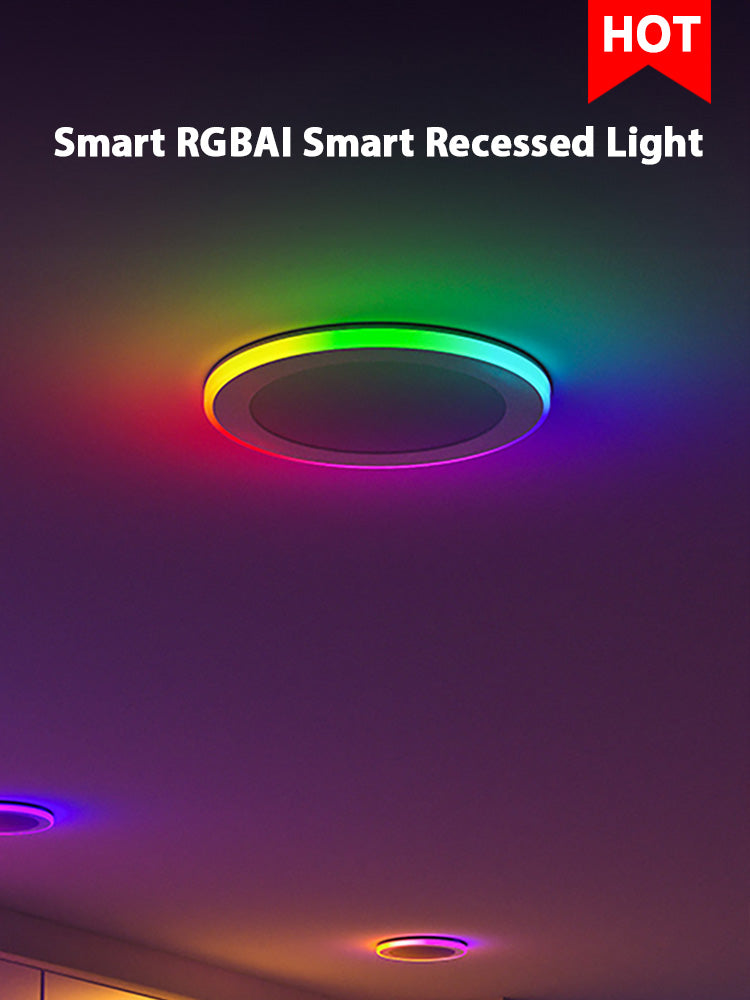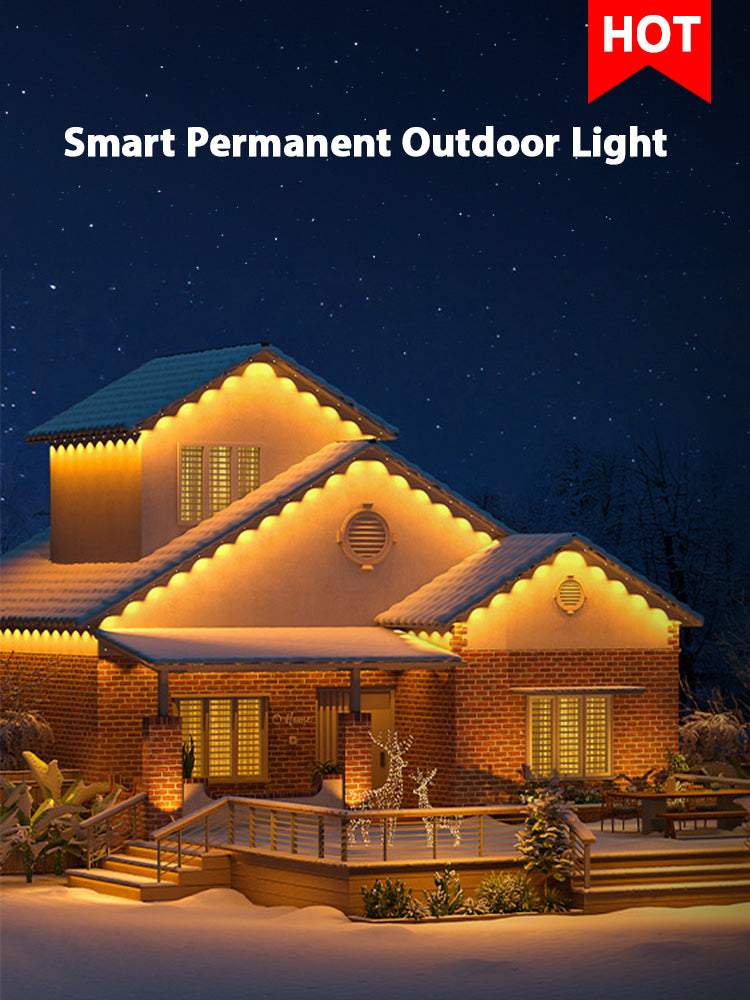You can install LED wall lights at home without stress when you follow a clear step-by-step guide. Many people worry about safety, but you can avoid most problems by switching off the power at the breaker before you start. Most accidents happen when someone skips this step and works with live lights. Always check with a voltage tester and use insulated tools. If you feel unsure at any point, this guide suggests calling a professional. With the right plan, you can enjoy your new lights and feel proud of your work.

Key Takeaways
-
Always turn off the power at the breaker. Use a voltage tester before you start to stay safe.
-
Plan your LED wall lights with care. Pick the best spot, fixture type, and color temperature for your space and needs.
-
Gather all the tools you need. Get your wall and wiring ready before you start. This will help make the job easy and quick.
-
Follow each step for mounting, wiring, and securing your lights. Test the lights carefully before you finish.
-
If you have problems or feel unsure, call a professional. This will help keep your home safe and your lights working well.

Plan LED Wall Lights
Placement
When you plan to install LED wall lights, start by thinking about where you want the lights to go. Good placement makes a big difference in how your room feels and looks. Here are some tips to help you get it right:
-
Hang your lights at about eye level, which is usually around 60 inches from the floor. This keeps the light comfortable and easy on your eyes.
-
Space your lights evenly. For most rooms with standard ceilings, keep them about 6 to 8 feet apart. If your ceilings are higher, you can spread them out a bit more.
-
Match the placement with your room’s design and purpose. In kitchens, put lights above counters for better task lighting. In hallways or staircases, use lights to boost safety and visibility. Motion sensors can add convenience, especially for outdoor areas.
-
Layer your lighting. Combine your LED wall lights with other types, like ceiling or floor lamps, for a balanced look.
-
Avoid putting too many lights close together. Overcrowding can make a space feel harsh and cluttered.
-
For outdoor spaces, choose weather-resistant fixtures and make sure they have the right rating to handle rain or dust.
Tip: Use LED wall lights to highlight cool features in your home, like artwork or textured walls. This adds style and creates a cozy vibe.
Fixture Choice
Picking the right fixture matters just as much as placement. You have lots of options when you install wall sconces or other LED wall lights. Here’s what to consider:
-
Popular choices include sconces, bracket lights, and picture lights. These work well in living rooms, bedrooms, and even outdoor patios.
-
LED wall lights save energy and last a long time—sometimes up to 100,000 hours. That means less hassle with replacements.
-
Choose the right color temperature. Warm white (2700K-3000K) feels cozy for bedrooms. Neutral white (3500K-4100K) works well in kitchens and bathrooms. Cool white (5000K-6500K) is great for outdoor security or workspaces.
-
Look for dimmable or adjustable fixtures. You can change the brightness to fit your mood or activity.
-
Pick a style that matches your decor. There are modern, classic, and even vintage looks. For outdoor use, make sure the materials are tough and weatherproof.
A little planning goes a long way. When you install wall sconces or other LED wall lights with care, you get a space that feels bright, safe, and welcoming.

Tools and Preparation
Tools List
Before you start installing your new LED wall lights, you need to gather the right tools. Having everything ready makes the job smoother and safer. Here’s a handy list you can check off:
-
Pencil or marker
-
Screwdriver set
-
Wire strippers and wire cutters
-
Wire connectors (wire nuts)
-
Drill
-
Level
-
Voltage tester
-
Hammer
-
Ladder or step stool
Tip: Always use insulated tools when working with wires. This keeps you safe from electric shocks.
You might also want safety goggles and a flashlight, especially if you’re working in a dark hallway or installing outdoor lights. If you plan to put up outdoor LED lights, make sure your tools can handle tougher surfaces like brick or stone.
Prep Steps
Getting ready is just as important as the actual installation. Here’s how you can prepare for a smooth LED wall light project:
-
Check your wall. Make sure it’s strong enough to hold the lights. If you’re adding outdoor lights, look for cracks or weak spots and fix them first.
-
Decide where you want your lights. Think about the room’s layout and how you want the lights to shine. For outdoor areas, pick spots that help with safety and style.
-
Measure and mark the exact spots for each LED light using your measuring tape and pencil. This helps you avoid mistakes later.
-
Plan your wiring. Figure out where the power will come from and how you’ll run the wires. For outdoor lights, use weatherproof wiring and covers.
-
Turn off the power at the circuit breaker. Double-check with a voltage tester to make sure there’s no electricity running.
-
Gather all your tools and keep them close. This saves time and keeps you organized. 7. Use wire connectors and electrical tape to make sure all connections are tight and safe.
Note: Never overload your circuits. If you’re not sure about the wiring, ask an electrician for help.
Now you’re ready to install your LED wall lights with confidence!

Safety Precautions
Before you start any work, always turn off the power at the circuit breaker. This is the most important step to avoid injury before installation. Many people forget this, but the risk of electric shock is real. After you turn the power off, use a voltage tester to check that the power is off. Never skip this step, even if you think the switch is off. The importance of turning off power cannot be stressed enough.
You should also use the right safety gear. Put on insulated gloves to protect your hands. Wear safety glasses to keep your eyes safe from dust or sparks. Non-slip shoes help you stay steady on a ladder. If you work above your head, a hard hat can protect you from bumps. Always use certified safety gear that meets electrical safety standards. This helps you stay safe and avoid accidents.
Follow the manufacturer’s instructions for your LED wall lights. Each fixture may have special steps or cautions of installing led wall pack light. Read the manual before you begin. Local electrical codes often require things like automatic shut-off, dimming controls, and safe wiring. These rules help keep your home safe and energy efficient. Codes can change, so check your local rules before you start.
If you feel unsure about wiring or any part of the job, call a professional. It’s better to ask for help than risk making a mistake. Safety precautions are not just for experts. You can follow them too. Take your time, double-check your work, and never rush. When you follow these steps, you make your home safer for everyone.
Installation Steps
Ready to install your new LED wall lights? Let’s walk through each step together. You’ll find this process simple if you take your time and follow each part closely. Whether you want to install wall lamp fixtures in your living room or add outdoor lights for safety, this step-by-step guide will help you get it right.
Mounting Bracket
Start by getting the wall ready for your fixture. Here’s how you can mount the wall lamp securely:
-
Remove the lamp cover from your new fixture. This lets you reach the mounting bracket and wiring.
-
Use a cable detector to check for hidden wires or pipes in the wall. You don’t want to drill into anything dangerous.
-
Mark the spot where you want to install the light. Make sure it’s level and at the right height.
-
Drill holes for the mounting bracket. If you have drywall, use a drill stop or mark your drill bit with tape so you don’t go too deep. For masonry or brick, use the right drill bit and go slowly.
-
Insert wall anchors if needed. This helps the screws hold tight, especially on drywall or outdoor surfaces.
-
Attach the mounting bracket to the wall using screws. Make sure it’s snug and level.
Tip: Always check the wall type before you drill. Different walls need different anchors and screws.
If your fixture uses adhesive mounting (common for lightweight LED lights), clean the wall first. Stick double-sided tape or adhesive strips to the back of the bracket. Press it firmly against the wall and wait for the adhesive to set, usually about 30 minutes.
Wiring
Now it’s time to connect the wiring. This part is important for safety and for making sure your lights work well.
-
Double-check that the power is off at the breaker.
-
Strip about half an inch of insulation from the ends of each wire.
-
Match the wires by color. Usually, black or red is live, white is neutral, and green or bare is ground. Always follow the instructions that come with your LED wall lights.
-
Twist the wires together tightly. Use wire connectors (wire nuts) to cover the connections. Make sure they snap or screw on tightly.
-
If you need to connect more than one wire to a terminal, use a wire splitter. This keeps things safe and prevents overloading.
-
For LED systems with a transformer, check that the voltage matches your lights (like 12V or 24V). The transformer should handle at least 20% more wattage than your total lights use.
-
Keep low voltage and high voltage wires separate. Use different colors and don’t mix them in the same box.
-
Secure all cables with clips or staples every few feet so nothing hangs loose.
Note: Using the wrong power supply can cause flickering or damage. Always check the voltage and wattage before you install LED wall pack light fixtures.
Secure Fixture
Once you finish the wiring, you need to install the light fixture itself.
-
Tuck the wires neatly into the electrical box or wall cavity.
-
Place the fixture over the mounting bracket. Line up the holes and insert the screws.
-
Tighten all screws firmly. Don’t overtighten, but make sure the fixture doesn’t wobble.
-
If your fixture has a cover or shade, reattach it now.
-
For outdoor lights, check that all seals and gaskets are in place to keep out water and dust.
Tip: Check the wall’s strength before you install a light fixture. Heavy lights need strong support, especially outdoors.
Test Light
You’re almost done! Now it’s time to test your new LED wall lights.
-
Flip the switch to see if the light comes on. It should shine bright right away.
-
If the light doesn’t work, turn off the power and check your wiring connections. Make sure everything is tight and matched by color.
-
Watch for flickering. If you see any, check the wiring or try a different switch.
-
For sensor or smart lights, make sure nothing blocks the sensor. Test the features to see if they work as expected.
-
If you have any trouble, turn off the power before you check the fixture again.
Note: Always turn off the power before you do any repairs or checks. Safety comes first!
With these steps, you can install LED wall pack light fixtures indoors or outdoors. Take your time, use the right tools, and enjoy your new lights!
Special Installations
Install Outdoor Wall Lights
When you install outdoor wall lights, you face different challenges than with indoor lights. Outdoor wall lights need to handle rain, dust, and even lightning. Start by turning off the power and use a voltage tester for safety. If you already have a fixture, remove the old fixture carefully. Unscrew it, disconnect the wires, and set it aside. You might need to remove the old fixture again if you find hidden screws or extra wiring.
Outdoor wall lights need strong, weatherproof materials. Look for fixtures made from polycarbonate, aluminum, or stainless steel. These materials resist rust and handle heat well. Make sure your lights have a high IP rating, like IP65 or higher, to keep out water and dust. Use waterproof boxes and seal all wiring with silicone gaskets. Mount the fixture tightly so water cannot get inside. Check that the power supply matches your lights and add surge protection for extra safety. Regularly inspect your outdoor lighting for signs of wear or corrosion.
Tip: Always install outdoor wall lights with the correct orientation. This helps water run off and keeps your lights working longer.
Install Smart Wall Lights
You can install smart wall lights to make your home more convenient. The installation process of smart wall lights starts with connecting the fixture to power. Follow the instructions in the manual. Download the app for your smart lights on your phone. Pair the lights with your smart home hub. Connect them to Alexa or Google Assistant for voice control. Use the app to set brightness, color, and schedules. Try features like music sync or scene settings for more fun.
|
Common Issue |
Cause |
Solution |
|---|---|---|
|
Loose wiring or dead battery |
Check connections and replace batteries |
|
|
Flickering light |
Wrong power supply |
Match voltage to light specs |
|
Color inconsistency |
Wiring errors |
Check wiring polarity and use correct drivers |
If you have trouble, check the wiring and make sure your dimmer switch works with LED lights. Always follow the manufacturer’s instructions for the best results.
Install the Smart Wall Light
Older homes need extra care when you install the smart wall light. Outdated wiring can cause problems. Always turn off the power and check with a voltage tester. Connect wires by color: black to black, white to white, and green or bare to ground. Secure all connections with wire nuts and tape. If you feel unsure, call a professional. They can help you avoid damage and keep your home safe. Regular inspections help prevent problems with your lights and wiring.
Finishing Touches
Adjustments
Now that you have your new lights installed, you can make a few tweaks to get the best results. Sometimes, you may notice that the lights do not shine exactly where you want. You can use adjustable fixtures to point the lights in a better direction. This helps you cover dark spots or highlight special features in your room or outdoor area.
-
Angle the fixtures downward to cut down on glare and keep the light from shining into unwanted areas.
-
Try different beam angles if your lights allow it. This lets you direct the light exactly where you need it.
-
Think about the height of your lights. If you install them higher, they will cover a bigger area. For example, a light placed 6 feet high will cover about 12 feet across.
-
Add more lights if you see shadows or dim spots. Sometimes, one light is not enough for a large space.
-
Pair your lights with sensors, like a photocell, to save energy. These sensors turn the lights on only when needed, which works great for outdoor spaces.
Tip: Check your lighting every few months. You might need to adjust the angle or add another light as your needs change.
Troubleshooting
You might run into a few problems after you install your lights. Common issues include flickering, buzzing, or lights that do not turn on. Sometimes, the lights may seem too dim or do not work with your dimmer switch. Here are some steps you can take to fix these problems:
|
Problem |
Possible Cause |
What You Can Do |
|---|---|---|
|
Flickering |
Loose wiring or bad dimmer |
Check connections and replace dimmer |
|
Buzzing noise |
Incompatible driver or bulb |
Use matching drivers and bulbs |
|
Dim lights |
Wrong power supply or overdrive |
Check voltage and wattage |
|
Lights not turning on |
Bad wiring or corrosion |
Inspect and clean connections |
-
Always check that your wiring is tight and matches the color codes.
-
Make sure your dimmer switch works with LED lights. Some old dimmers do not support new LED technology.
-
If you see corrosion, clean the contacts or replace the parts.
-
Try unplugging and plugging the lights back in to reset them.
-
Use high-quality lights and drivers to avoid early failures.
-
For outdoor lights, check for water damage or rust, especially after storms.
If you still have trouble, do not hesitate to call a professional. Safety comes first, and an expert can help you fix any tricky issues.
You made it through the guide! You learned how to plan, prep, and install led wall lights safely. Always turn off the power, use safety gear, and check your work. This guide helps you save money and gives you control over your space. If you ever feel stuck, ask a pro for help. Want more tips? Share your project or questions in online groups—these guide you, inspire new ideas, and connect you with others.
FAQ
How do I know if my wall can support an LED wall light?
You can check by tapping the wall. If it sounds hollow, it is drywall. Use wall anchors for support. For brick or concrete, you need a masonry drill bit. Always make sure the wall feels solid before you start.
Can I install LED wall lights without hardwiring?
Yes, you can use plug-in LED wall lights. These plug into a regular outlet. You do not need to touch any wires. Just mount the fixture and plug it in. This option works great for renters or quick updates.
What should I do if my LED wall light flickers?
First, check the wiring connections. Loose wires often cause flickering. Make sure the power supply matches your light’s voltage. If you use a dimmer, make sure it works with LEDs. Try a different bulb if the problem continues.
Are LED wall lights safe for bathrooms?
Yes, but you need to pick a fixture rated for damp or wet locations. Look for a high IP rating. Always install bathroom lights away from direct water. If you feel unsure, ask a professional for help.
How do I clean my LED wall lights?
Turn off the power first. Use a soft, dry cloth to wipe the fixture. For tough spots, use a damp cloth. Do not spray water or cleaner directly on the light. Check for dust every few months to keep your lights bright.


